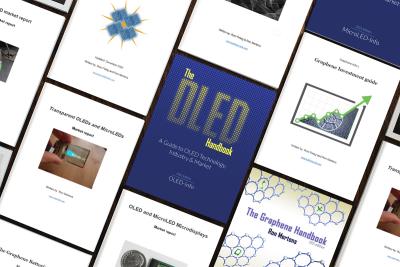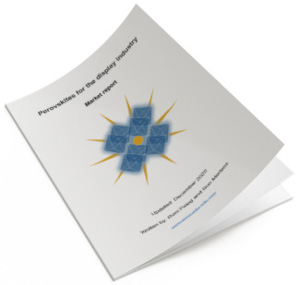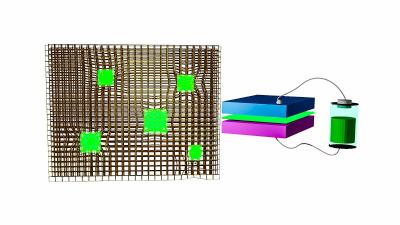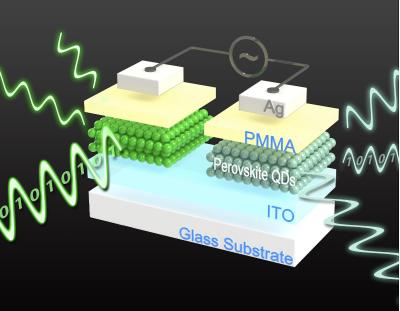Researchers develop perovskite-based 'unbreakable' glass for displays, lighting and more
A collaborative research team that included scientists from the University of Queensland (UO), the University of Leeds, UniversiteÌ Paris-Saclay and University of Cambridge, has developed perovskite-based composite glass that is virtually unbreakable and delivers crystal clear image quality.
UQ's Dr. Jingwei Hou said the discovery was a huge step forward in perovskite nanocrystal technology as previously, researchers were only able to produce this technology in the atmosphere of a laboratory setting as lead-halide perovskites NCs are extremely sensitive to light, heat, air and water. However, Hou said that 'Our team of chemical engineers and material scientists has developed a process to wrap or bind the nanocrystals in porous glass. This process is key to stabilizing the materials, enhancing its efficiency and inhibits the toxic lead ions from leaching out from the materials.'








